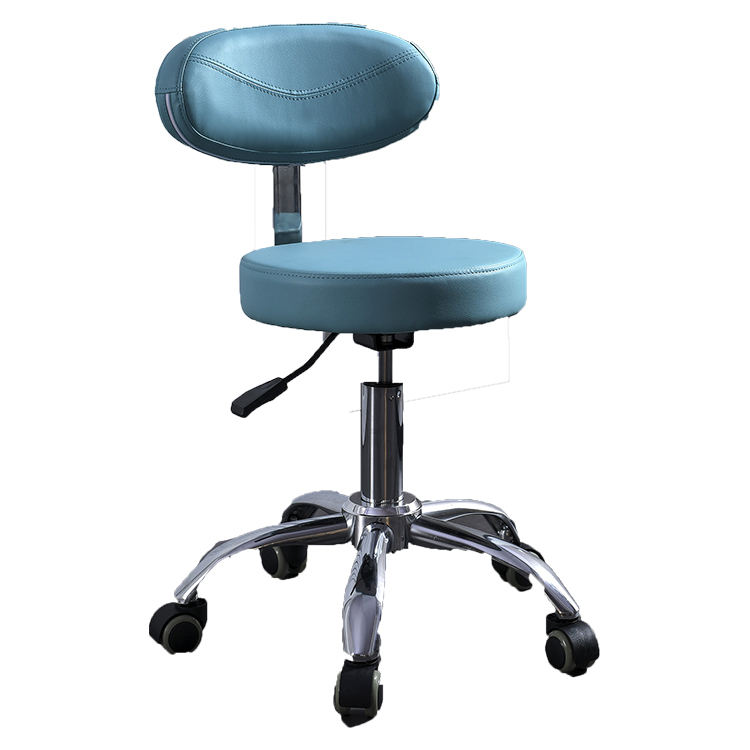Degree And Pathogenesis Of Amblyopia
Degree Of Amblyopia
According to the best corrected vision, amblyopia is generally divided into three different levels: light, medium and heavy.
1. The best corrected visual acuity of mild amblyopia is 0.6 ~ 0.8
2. The best corrected visual acuity of moderate amblyopia is 0.2 ~ 0.5
3. The best corrected visual acuity of severe amblyopia ≤ 0.1
The distinction of amblyopia degree is conducive to the selection of appropriate treatment methods and appropriate follow-up interval, and the more accurate selection of appropriate visual rehabilitation scheme. At the same time, in the visual rehabilitation follow-up process of amblyopia, it is conducive to observe the treatment effect and adjust the treatment scheme in time, so as to obtain the best visual rehabilitation effect.
Pathogenesis Of Amblyopia
The pathogenesis of amblyopia is extremely complex. At present, the more recognized theory is caused by form deprivation and binocular interaction.
1. Form deprivation. Form deprivation refers to that in the early stage of visual development (before the age of 6 ~ 8), due to congenital or acquired abnormal visual environment, the light stimulation entering the eye is not enough, depriving the opportunity of clear imaging of macula, resulting in delayed and low visual function.
2. Abnormal binocular interaction. Binocular interaction abnormality refers to amblyopia caused by the visual center actively inhibiting the visual development of one eye of the blurred object image due to the unequal amount of information input by binocular vision.


